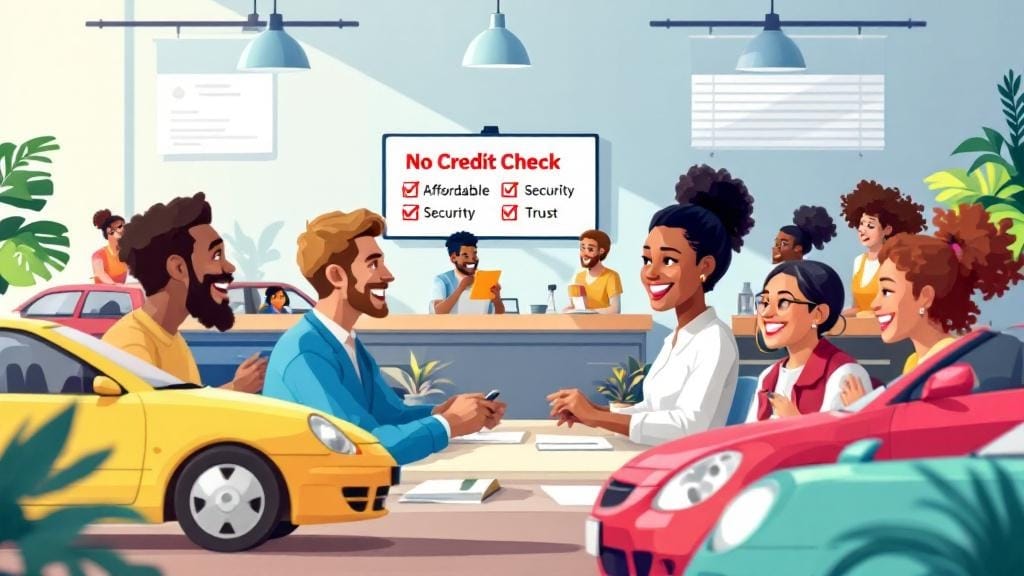Managing high-interest credit card debt can feel like trying to fill a bucket with a hole in it. But what if you could freeze that interest and transfer your balance without paying a hefty fee? That’s where 0 percent APR no balance transfer fee credit cards come in — a powerful financial tool when used wisely.
Whether you’re looking to consolidate multiple debts or need a breather from high interest rates, this guide breaks down everything you need to know about zero-interest, no-fee balance transfer cards. Let’s explore how they work, who they’re ideal for, and the best options on the market.
🧠 What Is a balance transfer offers?
A 0 percent APR no balance transfer fee card is a special type of credit card that lets you move existing credit card debt onto a new card:
0% APR: No interest is charged on the transferred balance for a limited introductory period (usually 12–21 months).
No Balance Transfer Fee: Typically, cards charge 3–5% of the transfer amount as a fee — these cards waive it.
In simple terms: You move your debt without paying extra and don’t accrue interest for a set time. That gives you a window to pay down your principal without your balance growing due to interest.
🏆 Who Should Consider These Cards?
These cards are ideal for people who:
Have high-interest credit card balances
Want to consolidate multiple debts
Are committed to paying off the debt within the 0% APR promo period
Want to avoid additional fees while doing it
In other words, if you’re juggling high-interest payments and need breathing room to tackle your debt aggressively, these cards are a smart move.
📊 Key Benefits of 0% APR No Fee Balance Transfer Cards
Let’s break down why these cards are so effective for managing large debts.
💸 1. Save Money on Interest
With traditional credit cards charging 18–30% APR, interest can snowball. A 0% APR intro period gives you a break and allows every rupee you pay to go directly toward the principal.
🆓 2. Avoid Transfer Fees
Most cards charge 3%–5% of the transferred balance. On a ₹2,00,000 transfer, that’s ₹6,000–₹10,000 saved.
💳 3. Simplify Debt
Consolidate multiple debts into one payment. That’s easier to manage and harder to forget.
📈 4. Improve Your Credit Utilization
By increasing your total available credit (with the new card), you may improve your credit utilization ratio, a key factor in credit scores.
⚙️ How These Cards Work: A Real-Life Example
Imagine this:
You have ₹3,00,000 in debt across three credit cards with 22% APR.
You apply for a 0 percent APR no balance transfer fee card offering a 15-month promo.
You transfer all your balances. Now you owe ₹3,00,000, but:
No interest for 15 months
No transfer fee
You pay ₹20,000/month → Debt-free in 15 months, with zero extra cost.
Without this card? You’d pay over ₹75,000 just in interest in the same timeframe.
🧾 What to Look for in a Balance Transfer Credit Card
Not all balance transfer cards are created equal. Here’s what to watch:
✅ 0% APR Duration
The longer, the better — aim for at least 12–18 months.
✅ No Transfer Fee
Ensure the balance transfer fee is waived. Some cards offer 0% APR but still charge a fee.
✅ Post-Intro APR
Know the interest rate after the promo period — it kicks in on any remaining balance.
✅ Transfer Time Limit
Most cards require transfers within 60–90 days of account opening to qualify for the 0% APR.
✅ Credit Requirements
Most 0% APR cards require good to excellent credit (typically 700+).
🏅 Best Credit Cards with 0 Percent APR and No Balance Transfer Fee
Here’s a look at some ideal options (as of 2025 — always check current offers):
1. Chase Slate Edge
0% APR for 18 months on balance transfers
$0 balance transfer fee if done in first 60 days
No annual fee
Great for debt consolidation
2. BankAmericard® Credit Card
0% intro APR for 21 billing cycles
$0 balance transfer fee for 60 days
Simple structure, no rewards
Best for those focused on debt payoff only
3. Wells Fargo Reflect® Card
Up to 21 months of 0% intro APR
$0 intro balance transfer fee in first 120 days
Low ongoing APR post-promo
Ideal for longer repayment plans
💡 Tip: These offers change frequently. Always compare credit card balance transfer offers using trusted comparison platforms or your bank’s website.
💡 Tips to Maximize a 0% APR Balance Transfer Card
Make the most of your card by following these strategies:
Pay more than the minimum: Divide your balance by the number of promo months and stick to that monthly payment.
Don’t use the card for purchases: New purchases may not qualify for 0% APR.
Avoid late payments: One missed payment can void the promo rate.
Plan repayment: Know how much to pay monthly to clear the balance before the APR resets.
🤔 What Happens After the 0% APR Ends?
If your balance isn’t paid off:
The regular APR kicks in, often between 17%–27%.
You may start accumulating interest on the remaining balance.
There’s no retroactive interest, unlike some store promotions.
That’s why a solid repayment plan is essential.
🧠 Credit Card Debt Management Tips
Balance transfer cards are just one tool. Consider these additional steps:
Budget wisely: Identify and cut unnecessary expenses.
Automate payments: Stay consistent and avoid missed due dates.
Seek financial counseling: Free or low-cost credit counseling services can help.
Compare multiple financial products: Don’t settle for the first offer — use credit card comparison tools to shop smart.
📘 FAQs About 0 Percent APR No Balance Transfer Fee Cards
1. Can I get a 0% APR credit card with bad credit?
Not usually. These offers are typically reserved for good to excellent credit scores. Try improving your score first with a secured card or credit builder loan.
2. How long does the 0% APR last?
It depends on the card. Most range from 12 to 21 months. Read the fine print carefully for the exact duration.
3. What if I don’t pay off my balance before the intro APR ends?
You’ll start accruing interest at the standard APR on your remaining balance. There’s no back-charged interest, but your payments become less effective.
4. Is there a limit to how much I can transfer?
Yes. You can only transfer up to your new card’s credit limit, which may be less than your current debt.
5. Can I transfer debt between cards from the same bank?
Generally, no. Most issuers don’t allow balance transfers within the same brand.
6. How does this help with credit card debt management?
It gives you a window of time to pay debt without interest, helping reduce total repayment cost and simplify your monthly obligations.
7. What’s the difference between APR and interest rate?
In credit cards, APR and interest rate are often the same — it’s the annual rate of interest you’ll be charged. For other products like loans, APR includes fees and charges.
🏁 Final Thoughts: Is It Right for You?
A 0 percent APR no balance transfer fee card can be a game-changer if you’re carrying large credit card debts. Used responsibly, it provides:
A chance to get ahead of your debt
Big savings on interest and fees
Simplified repayment
But it only works if you’re disciplined and proactive. Make your payments on time, don’t use the card for new purchases, and stick to a solid plan.
Before applying, compare balance transfer offers, read the fine print, and make sure the card matches your goals.
🔑 Key Takeaways
These cards can help eliminate debt faster.
You avoid both interest and transfer fees.
Not for everyone — ideal if you have strong repayment discipline.
Use tools like credit card comparison platforms to find the best deals.








Comments (0)